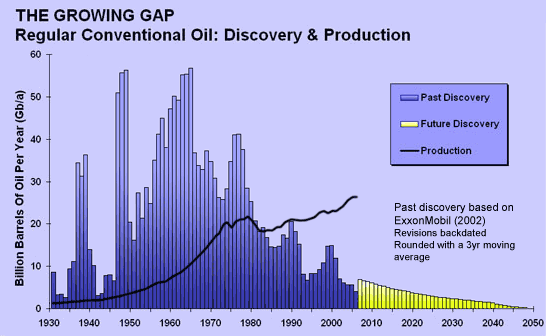When? Where? Why? The modern day application and use of bio fuels began early on in 1860 when a German inventor by the name of Nicholas August Otto developed an early engine that was made to run off of ethyl alcohol (otherwise known as ethanol, is naturally produced from the fermentation of certain sugars with yeast). This was one of the first attempts in history to use a bio fuel as a liable source of energy. Then after the invention of the world’s first motor car in 1887, another German inventor named Rudolph Diesel formed and completed the first bio diesel engine in 1898. The interesting fact about this engine was that it also was made to run off of a vegetable oil as fuel. To be exact he built his engine to run on peanut oil making this the first bio diesel to ever be used. These early bio diesel engines and bio fuels were made with the objective to use them as fuels in early automobiles. But use and applications of theses fuels was phased out by the arrival of petroleum which proved to be a more useful source of fuel and energy at that particular time than bio fuels. Why are they important? Scientists hope to establish these bio fuels as a major source of energy in the near future. One of the biggest reasons for this being that the world’s main supply of energy, oil, is running out fast. By current estimates on oil usage and remaining oil reserves in the world, oil is predicted to run out somewhere between 2036 and 2050. We need to develop a liable source of energy before this happens, or face dire consequences.  Ethanol isn't anything new, back in 1908, it was ethanol that powered Henry Fords early Model-T, the worlds first flexible fuel vehicle. Challenges
 |
How Does it Work? Bio fuels are essentially derived from the same material that fossil fuels are made. And that is dead plants and other similar organic material. The only difference here is that that the organic material in fossil fuels has been dead for a lot longer (as in thousands of years longer) than the materials used in bio fuels. Just like fossil fuels, bio fuels are burned in internal combustion, in order to provide power to move everything from pistons to turbines. Another difference here is that the use of bio fuels and bio diesels instead of gasoline is much more environmentally friendly because you aren’t releasing toxins and chemicals (such as CO2 and SO2) into the atmosphere and surrounding environment. Also bio fuels such as E85 Ethanol can be much more fuel efficient in vehicles than traditional gas powered vehicles. Discoveries in the fields of biotechnology have greatly improved on the design and efficiency of these engines and fuels making them even more practical for use in our everyday lives. Click and play this video to watch an in depth look on how ethanol is made. Most ethanol is produced using a four-step process:
|
|